
Aaron Philip Clark’s debut novel The Science Of Paul is a brilliant Noir tale of redemption and self-exploration. The protagonist, Paul Little, is a dark and appealing character, an ex-con who is trying for morality in challenging circumstances. Clark’s second novel, A Healthy Fear Of Man, is the follow up, and it picks up a few months after Paul leaves Philadelphia. Aaron met me at The Slaughterhouse, where we talked about his new novel and the protection of the vulnerable.
Tell us about your new book.
A Healthy Fear of Man is the follow-up to The Science of Paul, my debut novel published by New Pulp Press in 2011. The novels center on Paul Little, a damaged ex-con who wants to escape Philadelphia and live on his deceased grandfather’s farm in North Carolina. Paul gets his wish in A Healthy Fear of Man, which begins a few months after he’s left Philadelphia. The novel is set in a fictional county called Pharris. It’s a casualty of the economic downturn and the fall of big tobacco. The county commissioner is convinced he has a way to get the county back on its feet. The problem is his methods are illegal and he doesn’t care who dies in the process.
For Paul, his strength is also his weakness—he has a good heart. And when he befriends a young girl named Gilly, who is very much in need of a friend, she becomes the catalyst for his troubles. Many of Paul’s expectations are shattered in this novel. He was convinced that a solitary life in North Carolina would bring him peace, but instead he tends to languish on his own. He truly learns the dangers of loneliness and isolation in an unfamiliar land. The root danger being: What do you do when you’re framed for murder and you don’t have a friend in the world?
Aside from facing death or prison, he still has inner struggles—trying to cope with being shot by his best friend and battling the darkness inside of him. Paul finally faces that darkness head on, and it becomes a tool to right wrongs. He isn’t afraid to get his hands dirty. In The Science of Paul, he was a reactionary victim; he never really fought back. This time it’s different, he’s not taking anything lying down—even if it means people have to die.
How much does Paul Little’s character reflect contemporary cultural trends?
I’m not sure he does. Paul is very much other; at least that’s how I see him. He doesn’t fit within society. He longs for isolation, not because he despises people but rather he sees what they are capable of, and therefore he doesn’t trust them. In The Science of Paul, his best friend shoots and betrays him. Paul’s really been victimized, like an animal brutalized by humans, he just wants to stay clear of them.
Violence and the resulting victimization is a theme in both novels. In A Healthy Fear of Man, I just delve a bit deeper into how victims are born. In the story, Paul encounters his first real victim. In the past, those who were murdered had it coming in his eyes. This time he gets an education in meaningless murder and it’s not at the hands of a gangster, serial killer or street thug, but a person deemed safe, commonplace. The idea that anyone with a pulse can kill rattles Paul to his core, and he longs to understand why.
I think murder may reflect contemporary cultural trends more than Paul’s character. I was really taken by the rise in child slayings in North Carolina; specifically the murders of Zarah Baker and Shaniya Lockhart. I think children are the most tragic of victims because their deaths are inherently senseless. And when confronted with such a killing, Paul struggles to understand the nature of the irrational act.
What are you working on now?
I’m working on a noir novel set in Los Angeles that centers on a Mafioso in his twilight who is coerced into helping a young girl seek justice. It’s still in the early stages but I promise it will pack a punch. It’s the first novel I’ve written about Los Angeles, so I want to do my best to capture my home turf. It’s very much about the division between past and present—it’s nostalgic and maybe even a little romanticized. Los Angeles has always been a victim of the wrecking ball and with the influx of people coming to be rock gods and movie stars, its history seems to get lost. The novel is really about memory and how memories can haunt and shape a person’s life. Not to mention a heavy dose of vengeance and the dedication it takes for a person to enact revenge after a fifteen year time span—the incessant plotting, planning and preparing. I think it’s the closest thing to a love story I’ll ever write—it’s a love letter of sorts to the city, in which characters long for the city of their youths and for loved ones who will never come back, no matter how much pain they enact on those they hold responsible for their deaths. So far it’s been a blast to write and hopefully will be a joy to read.
How much does the protection of the vulnerable feature as a theme in your writing?
It’s a fair assessment to say it exist within my writing in some form or fashion. I think most people have vulnerabilities and when I construct characters I tend to make them realistic. I’ve never been much for the indestructible hero with no weaknesses whatsoever. Although I’ve written characters that are tough, trained and mentally sharp, and in some cases those characters may protect the meek or vulnerable. In A Healthy Fear of Man, Paul fails to protect someone and deeply regrets it. Correcting that failure becomes an obsession for him. He believes in a kind of universal balance and tries his best not to tip the scale in any way. When he does, he has to fix it. In the first novel, Paul was ambivalent. At times he didn’t care if he lived or died. In A Healthy Fear of Man, he’s beginning to care very much about his life and life in general. I’ve read noir/crime novels where the protagonist kills someone or hurts someone and has no emotional reaction to it. I’ve trained in martial arts for years and when you inflict pain on someone, either for sport or self-defense, no matter how much they deserve it, it changes you in some way. You either become desensitized to it or you reject it all together. You can ask any cop who’s had to kill on duty and they’ll likely tell you the event altered their perception on life. The same goes for witnessing violence against someone or being the victim of violence. I think what makes a human being vulnerable is the ability to feel—unless that person is sociopathic and void of all emotion. In that case, Paul Little might say they need to be put down. And in the third and final installment of the series, Paul will have to face such a character.
Thank you Aaron for a great interview that I hope brings new readers to your work.
COMING SOON:
A Healthy Fear of Man: A Paul Little Novel
Note: This is a proposed book cover design only. Click here for other designs being considered and for the latest on all Aaron Philip Clark books and events.
the latest on all Aaron Philip Clark books and events.
Read the first few paragraphs of A Healthy Fear of Man and other Snubnose Press titles here.
Pick up a copy of the prequel to A Healthy Fear of Man, The Science of Paul: A Novel of Crime at Amazon US and UK.


 Links:
Links: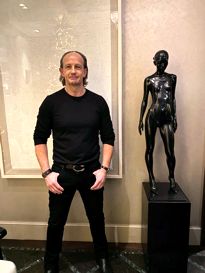
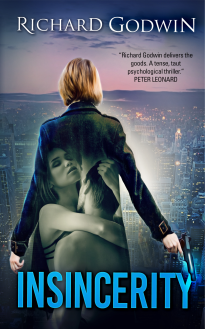
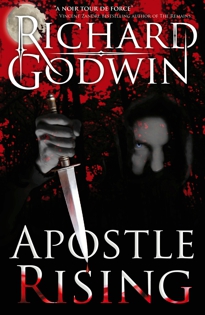
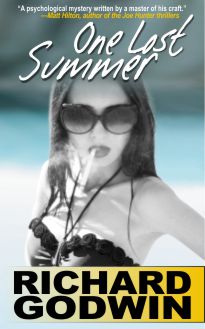
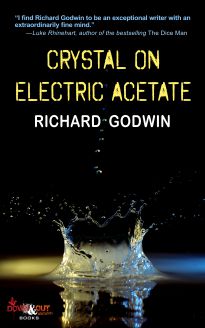
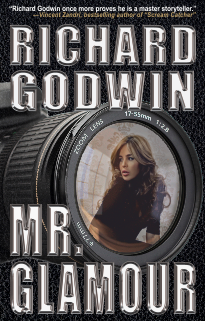
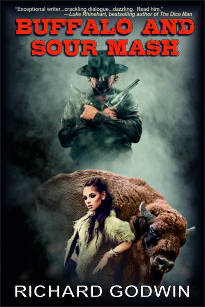
7 Responses to Quick Fire At The Slaughterhouse With Aaron Philip Clark